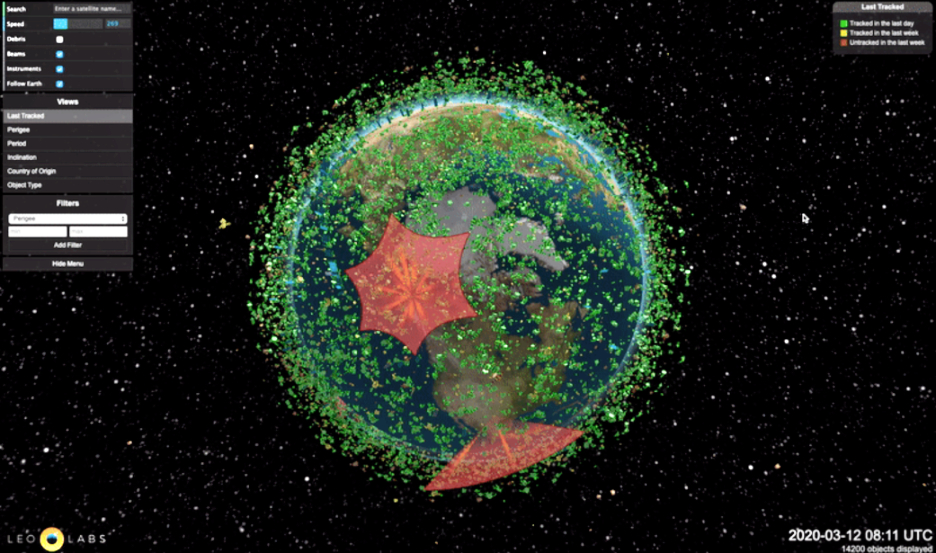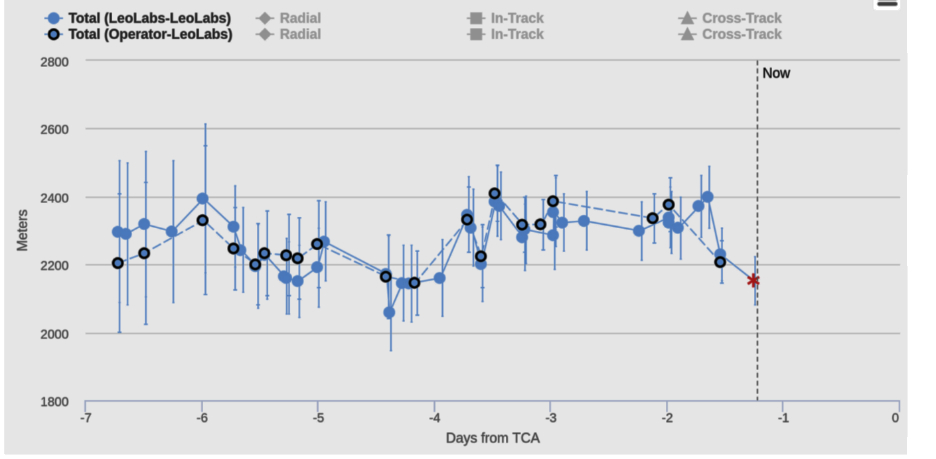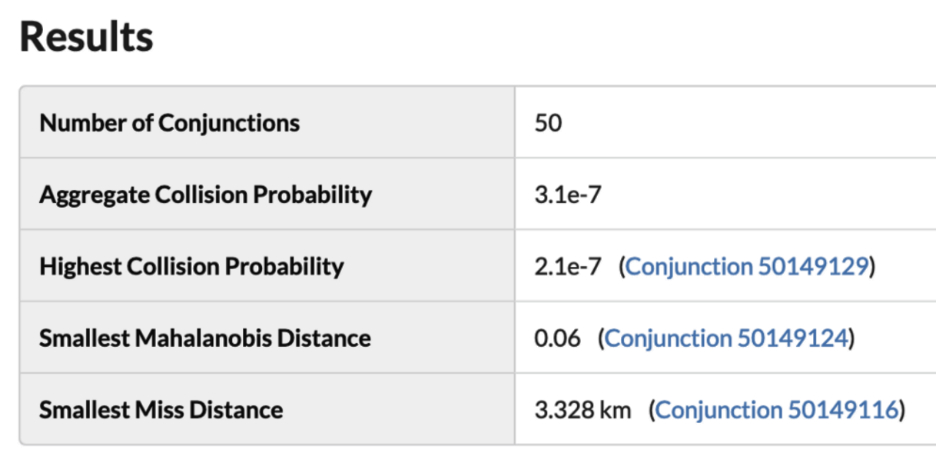
For the past year and a half, LeoLabs has been maturing the firm's capabilities to accurately identify and monitor potential collisions in LEO.
The company activated their internal conjunction screening service in early 2019, a first of its kind system that performs a continuous full catalog search for potential collisions and stores hundreds of thousands of conjunction data messages (CDMs) to LeoLabs' cloud-based servers every day. The system continues to be refined, the data studied and has also publicly reported some of the high risk events the company's system detected, such as the IRAS/GGSE-4 close approach of January 2020.
LeoLabs is now ready to offer these same advanced risk monitoring capabilities to satellite operators around the world — the release of LeoLabs Collision Avoidance — the company's commercial suite of services for operational safety of flight. This is the first time a single commercial company has been able to offer end-to-end services for operators in LEO; from radar observations of space debris to web analytics. Satellite operators now have a dedicated commercial platform backed by its own worldwide radar network to aid them in safely and economically operating their spacecraft.
The core component of LeoLabs Collision Avoidance is the Streaming Conjunctions service. Subscribing users can now receive real-time “streaming” conjunction alerts for their satellites. Timing is crucial for these events, and this system sends the alerts the instant they’re available in the company's system. This results in a significant increase in the quality and quantity of conjunction data available to operators earlier in an event, to make informed decisions on whether or not to maneuver their satellites.
In addition to LeoLabs screening internally generated ephemerides for user satellites against the rest of the company's object catalog, users can also upload their own operational ephemerides and LeoLabs will use those, as well. Many operators have very high accuracy telemetry, such as on-board GPS with precision orbit determination, in addition to incorporating planned maneuvers that LeoLabs alone cannot know in advance. For this reason, it’s advantageous to constantly screen operator ephemerides against the company's catalog. This will also report any conjunctions detected between two operator satellites across organizations. The more users contribute their operational ephemerides to the data platform, the better it gets.

This example above shows real data from a conjunction event where the firm had an operator ephemeris provided clearly seen is the strong correlation between the two separate data series showing the computed miss distance for this event.
With LeoLabs Collision Avoidance, customers can screen their own ephemerides instantaneously against the full LeoLabs object catalog to check for conjunctions.
There’s no human approval or task execution needed on the LeoLabs side; just submit the request and CDMs will be returned automatically based on the client's customized screening parameters within 30 seconds. Users can automate this service and deploy it at scale; test dozens or hundreds of ephemerides for a full constellation programmatically and fold it into the operational workflow.


